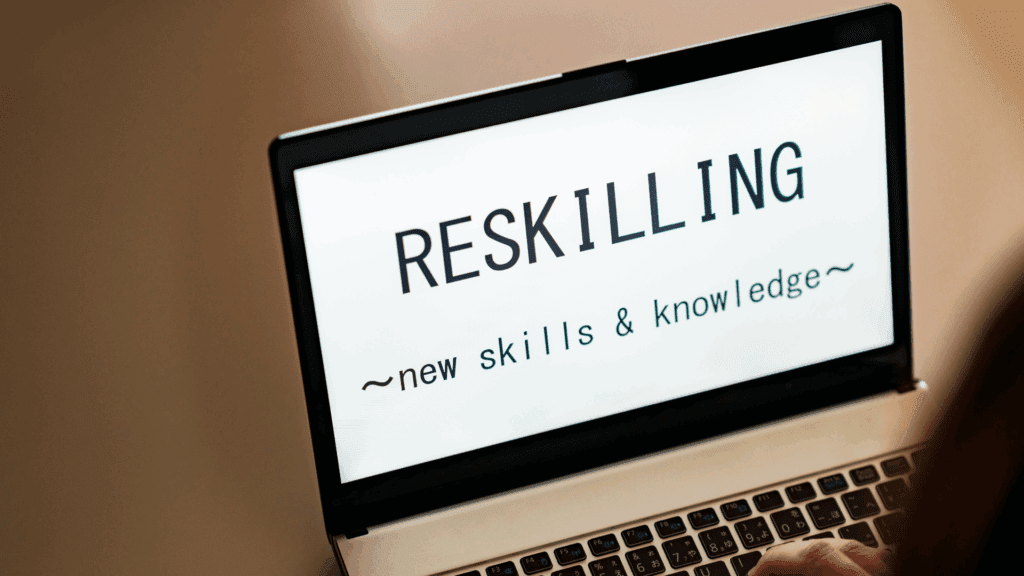In today’s fast-paced and ever-evolving job market, the ability to adapt is no longer just an advantage—it’s a necessity. The rise of automation, artificial intelligence, and digital transformation has fundamentally changed the work landscape, rendering some skills obsolete while creating demand for entirely new ones. This rapid pace of change can feel overwhelming, but it also opens up unprecedented opportunities for those willing to embrace growth and transformation.
Enter reskilling: the proactive process of acquiring new skills or retraining for a different role to stay relevant and competitive. Reskilling is more than a buzzword; it’s a strategic response to the shifting tides of the global economy and a proven pathway to career resilience. Whether facing industry disruption, seeking a fresh start, or aiming to future-proof your career, acquiring fresh skills empowers you to pivot confidently and purposefully.
But what makes career retraining truly powerful is not just the acquisition of new knowledge—it’s the remarkable ability of the human brain to adapt, learn, and reinvent itself. Thanks to the science of neuroplasticity, we now understand that our brains are wired for lifelong learning. This means anyone can develop new competencies and thrive in unfamiliar territory regardless of age or background.
This comprehensive guide delves into the critical importance of reskilling in today’s workforce. You’ll discover how neuroscience unlocks the secrets to effective learning and lasting change. You’ll gain actionable strategies to help you navigate career transitions with clarity and confidence, whether considering a central career pivot or simply looking to expand your skill set. Mastering the art of workforce adaptation can transform uncertainty into opportunity and set you on a path to lasting success.

Understanding Reskilling: What It Is and Why It Matters
Reskilling is more than just picking up a new hobby or learning a new task. It’s about preparing yourself for the future by gaining new skills to help you switch to a different job or even a new career. In today’s world, where technology is constantly changing, the types of jobs people do are changing too. Some jobs are disappearing because machines or computers can do them faster or better. At the same time, new jobs are being created that need skills most people didn’t learn in school.
This is why reskilling is so essential. It helps you stay relevant and competitive, no matter what changes happen in your industry. Instead of worrying about losing your job to a robot or a computer program, you can focus on learning the skills in demand right now. Reskilling gives you the power to pivot—to change direction in your career when you need to. It opens doors to new opportunities and helps you avoid getting stuck in a job that might not exist in a few years.
The need for professional reinvention has grown faster than ever because of automation, artificial intelligence, and digital transformation. For example, many factories now use robots to do jobs that people used to do by hand. Offices use software to handle tasks that once required teams of workers. Technology is changing how people work in healthcare, education, and customer service. If you want to keep up, you must be willing to learn new things and adapt to new working methods. The benefits of reskilling include increased job security, greater adaptability, and access to new career opportunities in emerging industries.
What’s exciting is that science shows our brains are built for this kind of change. Thanks to neuroplasticity, your brain can rewire itself as you learn new skills. This means you are not stuck with the skills you learned as a kid or young adult. You can keep learning and growing at any age. When you practice something new—coding, digital marketing, or even using new tools—your brain makes new connections. This ability to adapt is what makes occupational transition possible for everyone.
Reskilling isn’t just about survival in the workplace; it’s about thriving. It gives you confidence, helps you discover new interests, and can make your work more enjoyable. Understanding how your brain works and being open to learning can turn the challenges of a changing job market into opportunities for personal and professional growth. In short, reskilling is your ticket to staying ahead, valuable, and excited about your career, no matter what the future holds.

The Difference Between Reskilling and Upskilling
Understanding the distinction between reskilling and upskilling is crucial for anyone looking to stay ahead in today’s workforce. While both involve learning, their purposes and outcomes are different.
Upskilling is about deepening your expertise in your current field. It’s the process of building on existing strengths, such as mastering new technologies, earning advanced certifications, or developing leadership abilities. This approach helps professionals remain competitive, take on greater responsibilities, and adapt to evolving industry standards.
On the other hand, reskilling typically means acquiring a completely new set of abilities to move into a different role or sector. This might be necessary when your current job is being phased out due to automation or industry shifts. For example, someone in print media might pivot to digital marketing as the landscape changes.
Both approaches are vital in a rapidly changing job market. Upskilling can lead to promotions, increased job satisfaction, and a sense of mastery, while learning a new trade or profession opens doors to fresh opportunities and greater career flexibility. By understanding when to enhance your current skill set and when to branch out into new territory, you can create a dynamic and resilient career path that stands the test of time.
What Is Upskilling?
Upskilling is about taking what you already know and making it even better. Think of it as leveling up in your current profession. It’s not about starting from scratch, but rather about sharpening your existing abilities so you can handle more complex tasks, adapt to new tools, or take on leadership roles within your field. This process is especially valuable in industries with constantly evolving technology and best practices.
For example, a nurse might upskill by becoming certified in telemedicine, allowing them to provide care remotely as healthcare services go digital. A teacher could learn to use interactive online platforms to engage students in virtual classrooms. Even in traditional trades, like plumbing or carpentry, upskilling might involve learning to work with eco-friendly materials or using advanced diagnostic tools.
The benefits are clear: you become more valuable to your employer, open the door to promotions or raises, and feel more confident tackling new challenges. Upskilling can also make your work more interesting and rewarding, as you gain fresh perspectives and discover innovative ways to solve problems. Whether mastering a new software program, earning a professional certification, or staying up-to-date with industry trends, investing in your own growth is a powerful way to future-proof your career. The combined benefits of upskilling and skill transformation empower professionals to remain competitive, bridge skill gaps, and respond confidently to changes in the job market.
When Is Reskilling Needed?
There are moments in every career when it becomes clear that simply building on existing skills isn’t enough. Sometimes, the world of work shifts so dramatically that entire roles disappear or new industries emerge seemingly overnight. This is when a more dramatic change is required, which involves stepping into a completely different arena.
Such a shift is often prompted by technological advances, changes in consumer behavior, or global events that reshape the economic landscape. For example, as automation takes over repetitive tasks in manufacturing, workers may find that their jobs are no longer needed. Meanwhile, cybersecurity, renewable energy, and data science are booming, offering fresh opportunities for those willing to learn something entirely new.
It’s not just about avoiding job loss, either. Many people choose to make a change because they’re seeking greater fulfillment, more flexibility, or a better work-life balance. Imagine a travel agent who decides to pursue a career in software development after seeing the rise of online booking platforms. Or a journalist who learns digital content strategy to work in the fast-growing world of online media. Another example of reskilling is when a factory worker learns digital marketing skills to transition into a role in the technology sector.
These transitions can be challenging, but they’re also incredibly rewarding. By embracing change and stepping outside your comfort zone, you can discover hidden talents, reignite your passion for learning, and build a resilient and meaningful career in an unpredictable world.
Why Both Matter
Both upskilling and reskilling are vital for career growth. Upskilling keeps you sharp and competitive in your current field, while skill transformation gives you the flexibility to pivot when industries change or new opportunities arise. Together, they form a powerful strategy for long-term career resilience. Choosing between upskilling or reskilling depends on your career goals—whether you want to advance in your current field or pivot to an entirely new industry. The combined benefits of upskilling and reskilling empower professionals to remain competitive, bridge skill gaps, and respond confidently to changes in the job market.

The Neuroscience Behind Reskilling: How the Brain Adapts
The human brain’s capacity to learn and adapt is at the heart of successful career transitions. Neuroscience provides fascinating insights into how adults can acquire new abilities, even later in life.
Neuroplasticity: The Brain’s Secret Weapon
Neuroplasticity is the brain’s ability to reorganize itself by forming new neural connections. This means your brain can change its structure and function in response to new experiences, practice, and learning.
How Neuroplasticity Supports Career Change
When you learn a new skill—coding, graphic design, or public speaking—your brain creates and strengthens pathways related to that skill. The more you practice, the stronger these pathways become. This is why repetition and focused practice are crucial for mastering new abilities.
The Role of Motivation and Dopamine
Motivation is a key ingredient in successful learning. Dopamine, a neurotransmitter in the brain, is released when you experience pleasure or achieve a goal. This chemical makes you feel good and encourages you to keep going, reinforcing positive behaviors like studying or practicing a new skill.
Making Learning Rewarding
Setting small, achievable goals and celebrating progress can help maintain motivation. Each time you reach a milestone, your brain gets a dopamine boost, making it easier to stay engaged and continue learning.
Effective Strategies for Learning New Competencies
Adopting the right strategies can make learning new skills smoother and more enjoyable.
Setting SMART Goals for Success
Using the SMART goal framework—Specific, Measurable, Achievable, Relevant, and Time-bound—can turn vague ambitions into clear action plans. For example, instead of saying, “I want to learn programming,” you could set a goal like, “I will complete a beginner’s JavaScript course within two months.” This approach helps track progress and keeps you accountable.
Leveraging Online Learning Platforms
Today, countless online resources make learning accessible to everyone. Platforms like Coursera, Udemy, LinkedIn Learning, and edX offer various courses in data science and creative writing. Many of these platforms also provide certificates, which can be valuable when applying for new roles.
Choosing the Right Course
It’s important to select courses that match your learning style and career goals. Look for programs with strong reviews, interactive content, and opportunities for hands-on practice.
Building a Supportive Learning Environment
Your environment can greatly impact your ability to learn. Try to create a dedicated space free from distractions. Surround yourself with supportive people—mentors, peers, or even online study groups—who can encourage you and provide feedback.
Balancing Life and Learning
Maintaining a healthy balance between learning and other responsibilities is also important. Scheduling regular study times, taking breaks, and practicing self-care can help prevent burnout and keep your mind fresh.
Overcoming Challenges in the Reskilling Journey
Learning new skills can be challenging, but understanding common obstacles can help you overcome them.
Facing Fear and Resistance
Change often brings fear and uncertainty. The brain’s amygdala, which processes emotions like fear, can make you anxious about leaving your comfort zone. Practicing mindfulness, using positive self-talk, and gradually exposing yourself to new experiences can help reduce this fear and build confidence.
Staying Consistent and Motivated
Consistency is key for building new habits and skills. Try setting up a regular learning schedule, tracking your progress, and rewarding yourself for small achievements. Tools like checklists, habit trackers, or progress journals can make your journey more visible and satisfying.

The Future of Work and the Importance of Reskilling
The workplace of the future will look very different from today. Automation, artificial intelligence, and digital tools are reshaping every industry, from healthcare to finance to manufacturing.
Adapting to Technological Advances
To stay competitive, it’s essential to keep up with technological trends. This might mean learning to use new software, understanding data analytics, or developing cybersecurity or digital marketing skills. Being proactive about learning can help you find new opportunities and avoid being left behind.
Lifelong Learning as a Career Strategy
Learning shouldn’t stop once you land a new job. Embracing lifelong learning means staying curious and open to new experiences throughout your career. This mindset helps you adapt to change and keeps your brain healthy and engaged.
The Neuroscience of Lifelong Learning
Neuroscience shows that people who continue to learn and challenge themselves maintain better cognitive function as they age. Curiosity and adaptability are linked to greater job satisfaction and long-term success.
Embracing Reskilling for Career Growth
In a world of constant change, the ability to learn and adapt is your greatest asset. By understanding how the brain works, setting clear goals, and building a supportive environment, you can turn the challenges of a changing job market into opportunities for growth.
Remember, gaining new qualifications isn’t just about surviving in your career—it’s about thriving. With the right strategies and mindset, you can confidently navigate transitions, discover new passions, and achieve lasting professional success. The future belongs to those ready to learn, adapt, and grow.
For further insight, read: Feeling Stuck in Your Career? Breakthrough Strategies in Neuroscience
#reskilling #careerdevelopment #careertransition #upskilling #futureofwork #lifelonglearning #neuroscience #jobmarket #skillsdevelopment #personalgrowth #professionaldevelopment #workplacewellness #digitaltransformation




